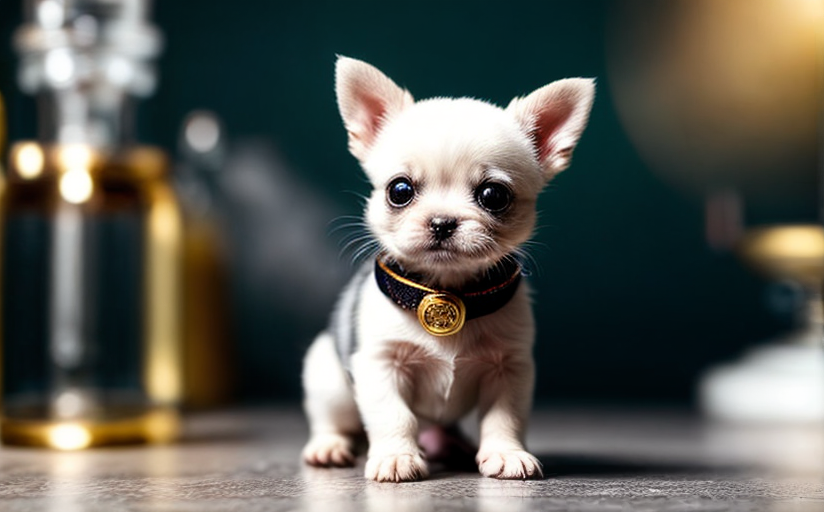The Ethical Dimensions of Designer Pets
Introduction
The emergence of designer pets, a trend enveloped in a whirl of controversy, has raised numerous ethical discussions. This in-depth exploration uncovers the heart of this contentious issue, dissecting all its related facets including its definition, process, implications, and diverse perspectives, ultimately projecting its future impacts and the consequential challenges.
What are Designer Pets?
Designer pets are a contemporary class of domesticated animals that are selectively produced either through genetic modification or selective breeding to incorporate specific physical, behavioural, or health-related traits. These pets can range from the smallest gerbils to larger-than-life dogs, often sporting unique features and characteristics that make them highly appealing to prospective pet owners.
Genetic Manipulation: A Key Mechanism
At the cornerstone of designer pets lies the complex science of genetic manipulation - altering the animals’ genetic makeup to favour preferred traits. Such developments through the use of modern genetics and biotechnology have shown promising results in mitigating certain inherited diseases. However, concerns about the potential for unintended physical and psychological side-effects persist.
Designer Pets vs. Traditional Pets
What differentiates designer pets from their traditional counterparts is their heavily manipulated genetic component, influencing their temperament, size, physical appearance and sometimes even lifespan.
Diverse Views on Designer Pets
Prospective Pet Owners
Popular among many prospective pet owners, designer pets embody physical perfection and desired traits that can be specifically tailored to match individual preferences. However, opponents raise questions about the unnecessary commodification of sentient beings and the potential risks involved in genetic manipulation.
Animal Rights Activists
From the perspective of animal rights defenders, the trend of designer pets triggers ethical concerns, questioning the practice’s potential harms, which include unnecessary surgical procedures, increased risk of genetic disorders, and other potential welfare issues.
Veterinarians and Bioethicists
Veterinarians might see an increase in health problems related to genetic disorders, raising serious ethical concerns. Bioethicists add to the debate by examining the ethical implications of genetic engineering in animals, contending with questions such as whether humans have the right to intervene in nature in such a profoundly invasive way.
Future Impacts and Challenges
As our technical prowess and understanding of genetics continue to grow, so too will the popularity of and demand for designer pets. However, this poses new challenges that will need to be addressed, foremost among these being the potential for increased animal suffering due to the amplification of harmful genetic traits, as well as the potential erosion of biodiversity.
Concluding Remarks
The concept of designer pets is reshaping our understanding of pet ownership, animal rights, and bioethics in the 21st century. Ultimately, the most pertinent questions raised revolve around the ethical boundaries of genetic manipulation and whether the desire for interesting, novel pets justifies potentially subjecting them to a life of discomfort and shortened longevity.

















Comments
Leave a Comment